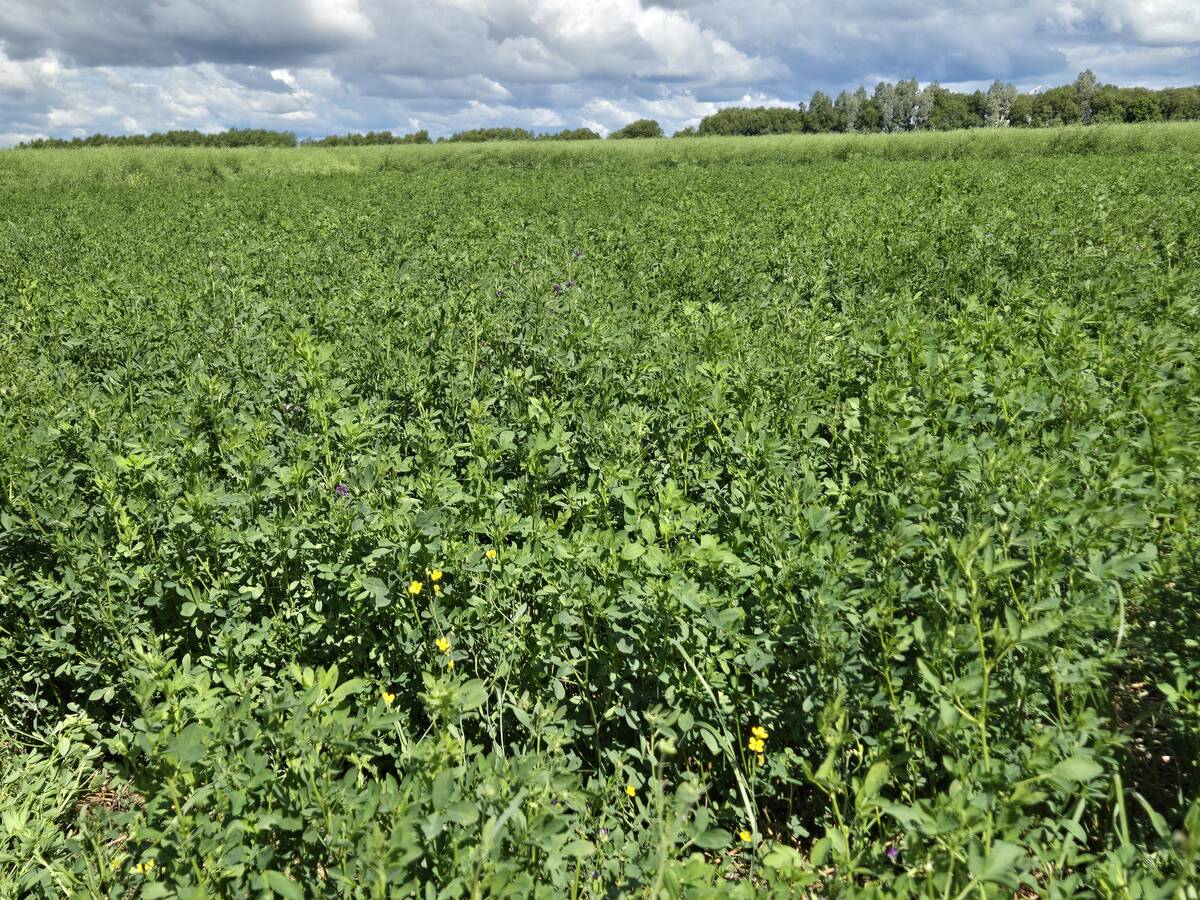Derek Bunkowsky is breathing a sigh of relief after reviewing the first 4,000 samples of the Canadian Grain Commission’s 2022 Harvest Sample Program.
“I can tell you I’m very happy because I had some concerns in spring when planting was delayed,” said the commission’s chief grain inspector.
Farmers across a wide swath of the Prairies were way behind schedule getting a crop in the ground this spring. In Manitoba’s Red River Valley, growers were delayed by a full month.
That kind of delay often results in quality challenges come fall. But that’s not what the early-harvest samples are showing.
Read Also

Manitoba Parkland research station grapples with dry year
Drought conditions in northwestern Manitoba have forced researchers at the Parkland Crop Diversification Foundation to terminate some projects and reseed others.
“They’re looking really, really good,” he said.
Close to 85 percent of the Canada Western red spring wheat samples are grading No. 1, which is higher than normal.
Bunkowsky cautioned that only about one-third of the anticipated sample submissions have been analyzed, so it’s early days.
He noted that only 65 percent of Manitoba’s spring wheat had been harvested as of Sept. 20. There is also a lot still standing in northeastern Saskatchewan.
Those crops have been exposed to significant rains the past couple of weeks that will likely reduce the proportion making the top grade.
“Those numbers are not going to stay where they are,” he said.
“It’s going to be downgrading on account of mildew and there may be some sprouting.”
Bunkowsky hopes the sprouting will be minimal because the weather has been quite cool and sprouting tends to occur when it is rainy and warm.
He noted that the portion of the crop that will be subject to downgrading due to harvest rains in Manitoba will be small in comparison to the good-looking crop that is already in the bin in Saskatchewan and Alberta.
“I don’t expect it to cause problems on exports,” said Bunkowsky.
“There’s going to be enough good grain around to meet customer demands on the top grades, on the ones and twos.”
He expects that when harvest is complete and the other two-thirds of the samples have been submitted and analyzed, the final numbers will show an above average quality crop.
MarketsFarm analyst Bruce Burnett agrees with that assessment.
“For the most part, crop quality is very good,” he said.
“There’s no real bugaboo on crop quality.”
There were some problems with grasshopper parts in cereals and pulses in west-central Saskatchewan, southwestern Saskatchewan, and parts of eastern Alberta but it was manageable.
For the most part growers were able to dodge harvest rains and frost, which was the big concern earlier in the growing season, he said.
CWRS samples are averaging 14.1 percent protein, up from the 10-year average of 13.5 percent. Durum is at 14.7 percent, up from the average of 14 percent.
Ninety percent of the lentils and 80 percent of the peas are making the top two grades.
“That’s excellent,” said Bunkowsky.
More than 85 percent of the barley is making the top grade.
“We haven’t received a lot of canola samples yet because obviously the canola harvest is later than the wheat, but what we have seen is excellent quality, very few samples downgraded,” he said.
There is more downgrading happening in oats than the other cereal crops with 55 percent making the top two grades, but he said that is not uncommon. The main downgrading factor is poor test weights.


















